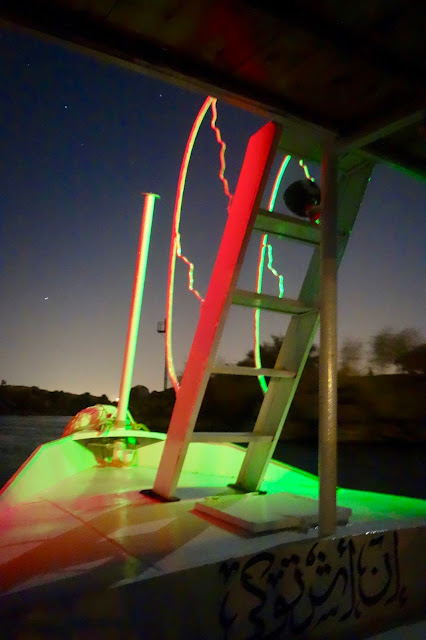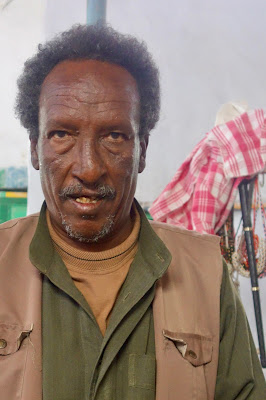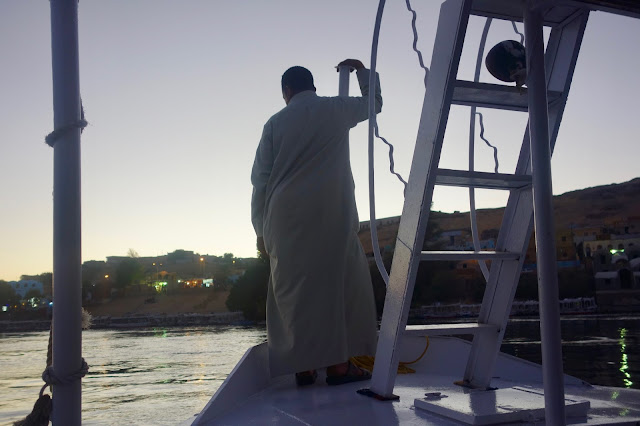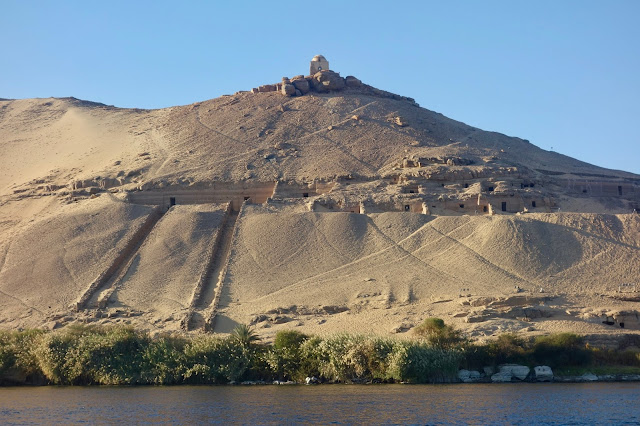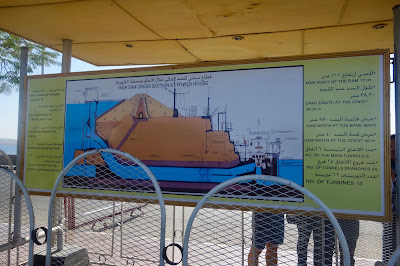Look no further than the
Aswan High Dam for a lesson in geopolitics, ca 1955. President Eisenhower committed American funds to help build a mammoth Egyptian public works project that would improve agriculture by regulating the flow of the Nile and provide electricity to millions of citizens who didn't live much differently than they had for centuries.
Then Americans soured on President Nasser, who instigated an international crisis when he nationalized the Suez Canal. His bold move to control oil shipments from the Middle East to Europe led to a covert invasion of Egypt by Great Britain, France and Israel. Eisenhower, who planned to run in the 1956 elections on a "peace" platform, declined to offer American support. Nasser prevailed but Eisenhower withdrew funding for the ambitious dam in retaliation for his perceived chutzpah.
Premier Khrushchev, seizing an opportunity to further Soviet interests in the Middle East, contributed money and technical expertise for the dam's construction which began in 1960. Upon completion ten years later, the Aswan High Dam made Nilometers obsolete and forced the resettlement of 100,000 Nubians who lived to the south.
Egypt built an enormous friendship monument in the shape of a lotus flower atop the dam to show its appreciation to the Russians.
Lotus flowers also decorate the police barricades on the road that crosses the dam.
Here's the Nile north of (below) the dam.
On the south side, the Aswan High Dam diverted the flow of the great river, eventually creating an enormous reservoir. Until the Chinese completed the Three Gorges Dam in 2003,
Lake Nasser gave Egypt bragging rights as home to the world's largest manmade lake.
From a boat, the dam on the Lake Nasser side doesn't look like much.
These renderings correct that impression.
We later visited a marvel of ancient Egyptian engineering. I'd never given much thought to the creation of
obelisks but apparently the process remains a mystery. This unfinished example indicates they initially were chiseled on a slant in the same place the stone was quarried.











